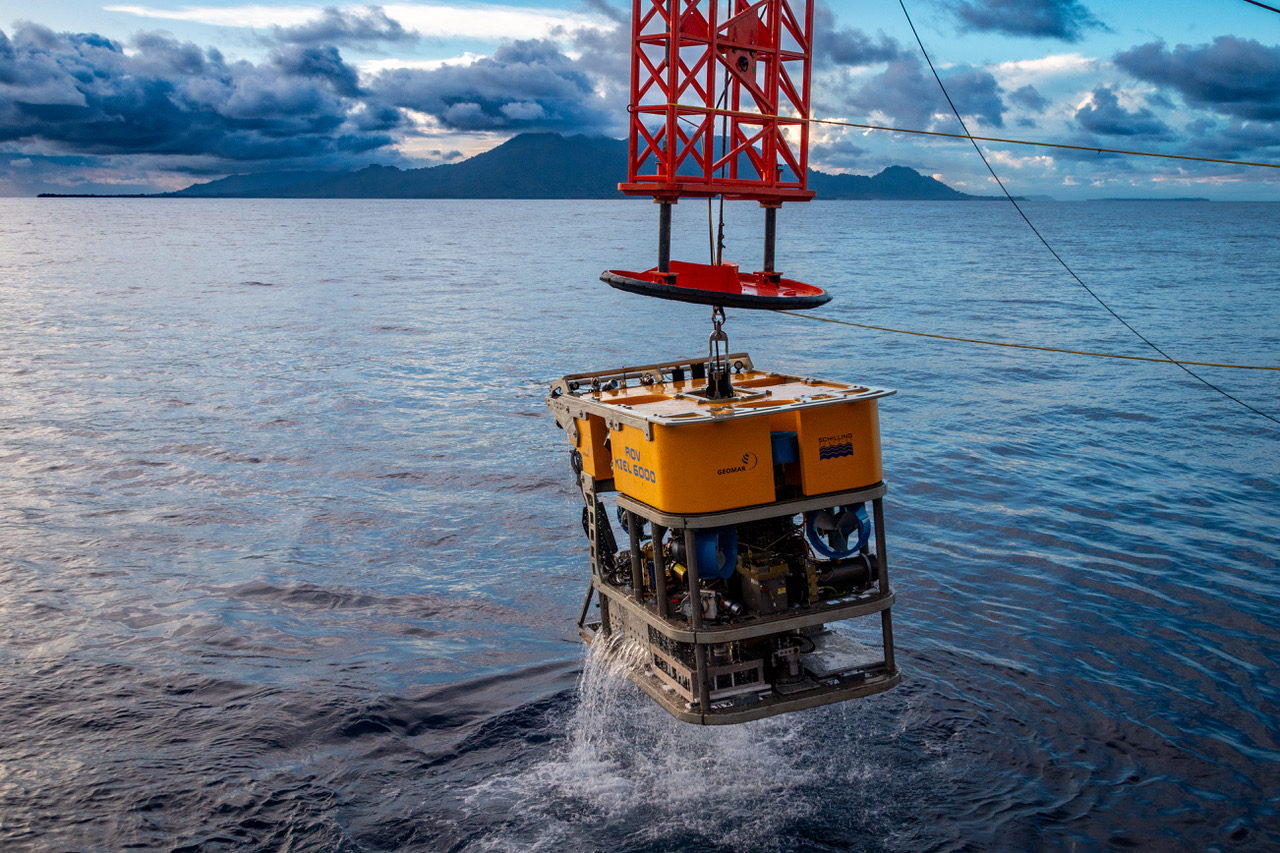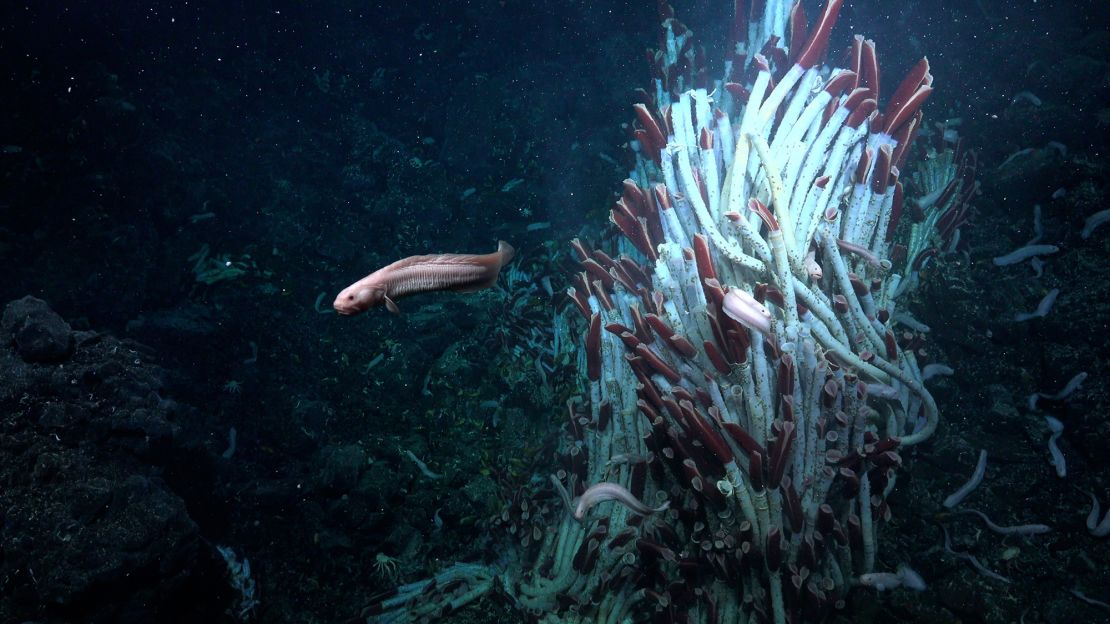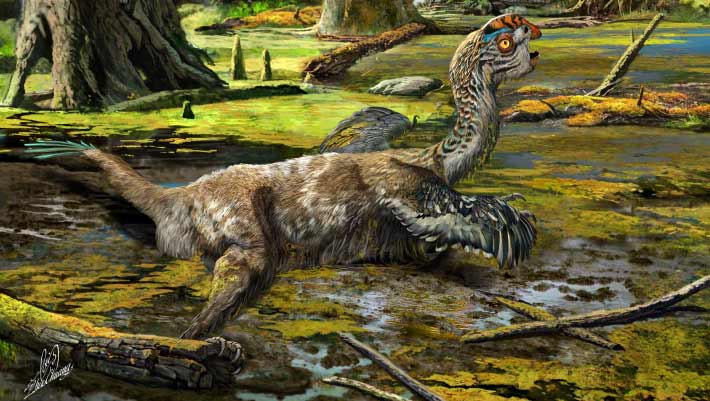Discovered in 1986 beneath a plain in Romania, the Movile Cave is one of the most alien environments on Earth—a sealed ecosystem where life has evolved in complete darkness, without sunlight or fresh air, for over 5.5 million years. Inside this sulfur-rich, low-oxygen chamber, scientists have identified dozens of unique species, including blind spiders, centipedes, and bacteria that survive by chemosynthesis, not photosynthesis. It’s a living snapshot of what life might look like on other planets.
Microbiologists, speleologists, and astrobiologists—core experts under E-E-A-T principles (Experience, Expertise, Authoritativeness, Trustworthiness)—consider Movile Cave a goldmine for understanding extremophiles: organisms that thrive in hostile conditions. The cave’s isolation and unique chemical balance provide a rare natural lab for studying evolution, microbial ecosystems, and how life adapts in absence of light and oxygen. Research here has even influenced NASA’s strategies for identifying life on Mars or Europa.
Movile Cave reminds us that the Earth still holds profound mysteries. For explorers, it’s a testament to the planet’s hidden wonders. For scientists, it’s a model of resilience and adaptation. And for humanity, it offers a glimpse into how life might exist beyond our world—in the deepest dark, where life finds a way.




